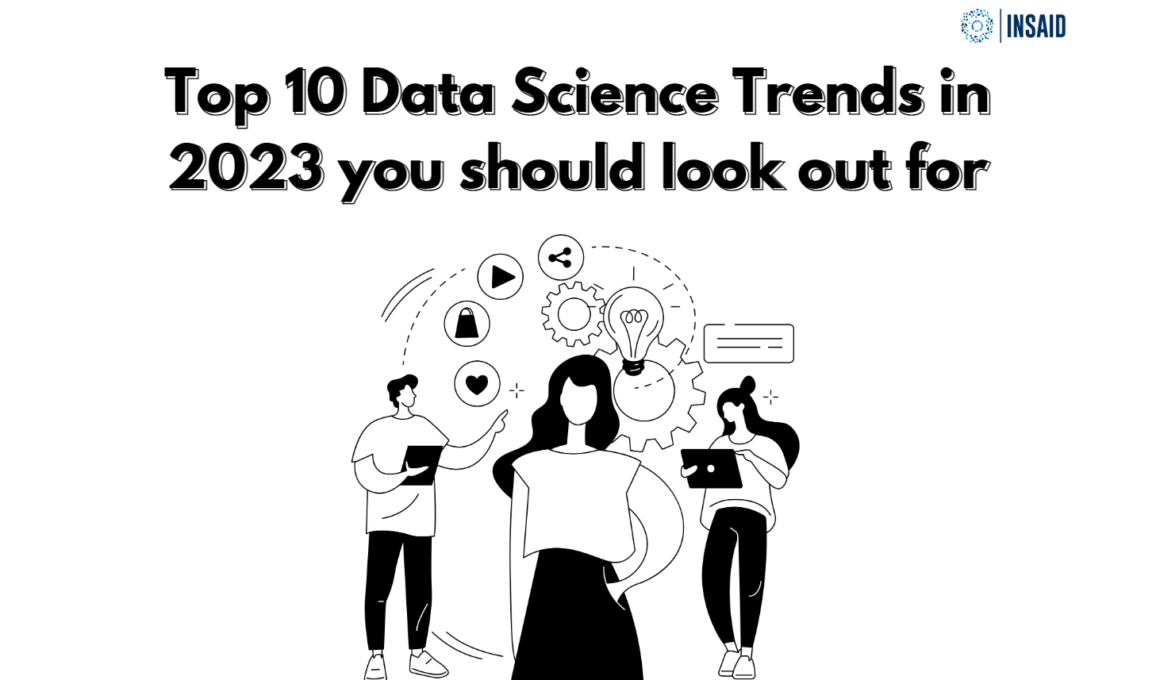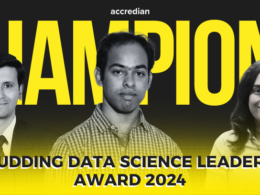As we embark on a new year, it’s a great time to reflect on the past and look ahead to the future. In the domain of data science, there is always a new trend and new technologies emerging, and 2023 is shaping up to be an exciting year for the field, with many such trends.
Here are the top 10 data science trends that we expect to see in the coming year:
Top 10 data science trends in 2023
Trend #1: Artificial intelligence and machine learning will continue to dominate.
These technologies have already made a huge impact in data science, and they show no signs of slowing down. We expect to see more advanced AI and ML algorithms, as well as new tools and platforms for building and deploying them.
Trend #2: Big data will get even bigger.
With the rapid growth of internet-connected devices and the expansion of data being generated, we expect to see even larger data sets being analyzed and processed in 2023. This will require more powerful and efficient big data tools and technologies.
Trend #3: Cloud computing will become even more prevalent.
The convenience and cost-effectiveness of cloud computing have made it a popular choice for data science projects, and this trend is expected to continue in the coming year.
We’ll see more data scientists using cloud-based platforms and tools to build and deploy their models.
Trend #4: Data visualization will continue to evolve.
Data visualization is a crucial part of data science, and we expect to see new and more advanced visualization tools and techniques emerge in 2023. These will enable data scientists to better communicate their findings and insights to a wider audience.
Trend #5: Deep learning will become more accessible.
While deep learning has been around for a while, it has often been out of reach for many data scientists due to the complexity of the algorithms and the need for specialized hardware.
In 2023, we expect to see more user-friendly deep learning tools and platforms that will make it easier for data scientists to take advantage of this powerful technology.

Trend #6: Internet of Things (IoT) data will become more important.
As more and more devices become connected to the internet, the amount of data generated by the IoT will continue to grow. We expect to see data scientists working on projects that involve analyzing and processing this data to gain insights and make predictions.
Trend #7: Natural language processing (NLP) will advance.
NLP is a key technology for understanding and interpreting human language, and it has a wide range of applications in data science. In 2023, we expect to see more sophisticated NLP algorithms and tools that can handle more complex language and multiple languages.
Trend #8: Explainable AI will become more important.
As AI and ML algorithms become more sophisticated, it becomes increasingly important to be able to understand and explain how they make decisions. In 2023, we expect to see more emphasis on developing explainable AI algorithms and tools that can provide insights into the inner workings of these models.
Trend #9: Data privacy and security will continue to be top concerns.
With the increasing amount of data being collected and analyzed, it’s crucial to ensure that it is protected and used responsibly. In 2023, we expect to see more focus on data privacy and security, including the development of new technologies and practices to safeguard data.
Trend #10: The role of Data Scientists will continue to evolve.
As the field of data science grows and changes, so too will the role of data scientists. In 2023, we expect to see data scientists taking on a wider range of responsibilities and working on a broader range of projects, from traditional data analysis to building and deploying AI and ML models.
Overall, 2023 is shaping up to be an exciting year and therefore you should always be at the top of your game!
 Pin
PinRemember to check out our collection of Data Science resources to keep you learning and practicing, and you’ll be well on your way to having a successful career in data science!






